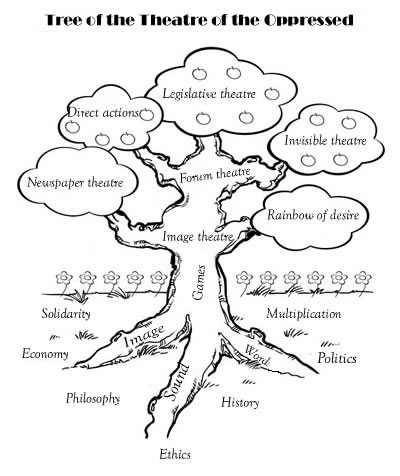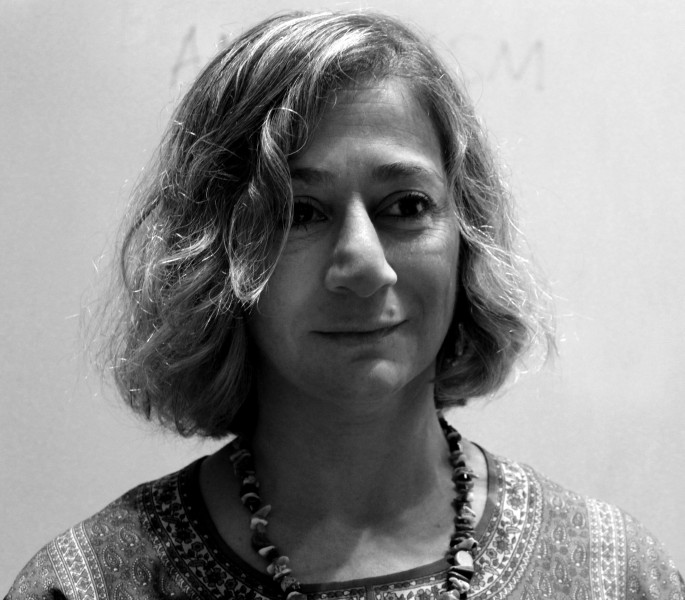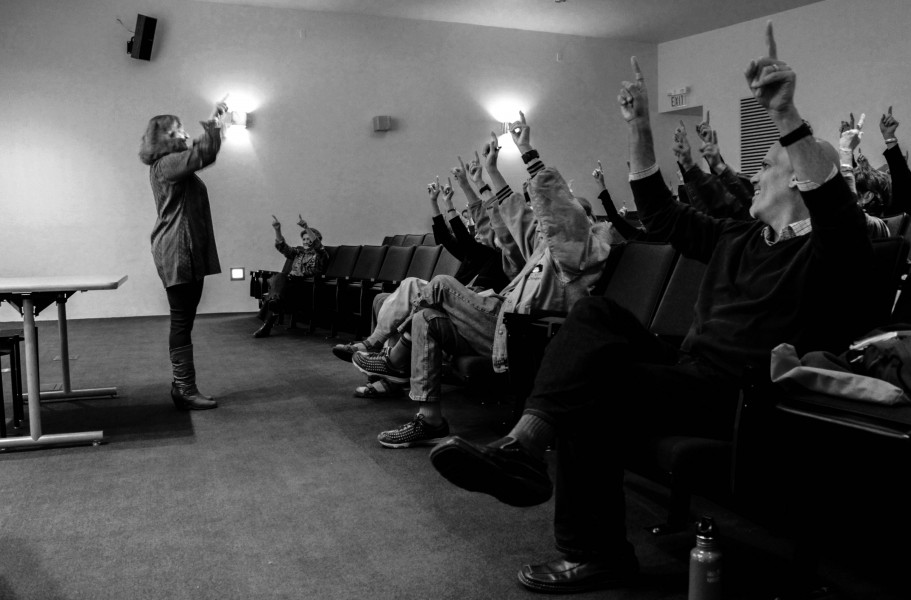Tags
Related Posts
Share This
Reality Rehearsal
Imagine being encouraged to stop a play to prevent a character from being victimized. Theatre of the Oppressed is a branch of drama devoted to establishing a flow of power between the oppressed and the oppressors. Since its inception in the 1950s, the Theatre of the Oppressed style of performance has spread throughout the world as a means of enacting social and political change.
Though Brazilian theatre practitioner Augusto Boal felt that the Theatre of the Oppressed system was not a form of “drama therapy,” the now expansive system is utilized regularly in this context. Ashtar Theatre in Ramallah, Palestine performs a “Forum theatre” production yearly as a means of engaging audiences throughout Gaza and the West Bank. Within the layout of Theatre of the Oppressed, forum theatre proposes a familiar system of oppression and then enacts it. Later, spectators are encouraged to become “spect-actors,” engaged participants in the play that invent a favorable outcome, in order to start enacting the change they wish to see.
Iman Aoun, co-founder of Ashtar Theatre, presented a lecture Nov. 5 in Tipton Hall on the Theatre of the Oppressed and how it manifested through an idea called “The Gaza Monologues.” Through Ashtar Theatre’s youth training program, Palestinian children of all faiths were recruited for a series that helped them give voice to their trauma. Aoun’s mission of making theatre a fundamental need to Palestinian society meant navigating as many as 741 checkpoints on the way to a destination, but the work was vital.
“My work creates possibility where is seems like there’s no possibility,” said Aoun.
A substantial portion of the Theatre of the Oppressed system is that it “offers everyone the aesthetic means to analyze their past, in the context of their present, and subsequently to invent their future, without waiting for it” according to the International Theatre of the Oppressed Organisation’s (ITO) Declarations of Principles. The Declaration of Principles goes on to describe Theatre of the Oppressed as “rehearsal for reality.” With these guiding principles, Aoun’s implementation of the Theatre of the Oppressed addressed taboos in Palestinian society while simultaneously breaking from the media’s portrayal of Palestine.
“Arts and culture fled practically overnight,” said Aoun. Aoun went on to describe a Palestine that yearned for art. Many of the first individuals to leave the troubled region were artists and, according to Aoun, established theatre scenes in neighboring countries. However, the lack of art in Palestine meant a dwindling of expressive outlets. Aoun felt that dehumanization and a loss of voice meant that Palestinians went from being considered “terrorists to casualties, but never humans.” Through The Gaza Monologues and other Theatre of the Oppressed performances, Aoun continues to work toward a positive outcome for her people.
Though intricate and nuanced, the Theatre of the Oppressed system melds drama and therapy to motivate its audience toward change. For ITO, the oppressed have been denied their right to a dialogue. By letting the oppressed find their own voice, rather than speaking through advocates, an exchange of power occurs that aims to facilitate change.









 Jackalope Magazine is the student magazine of Santa Fe University of Art and Design. Building on the interdisciplinary nature of our education, we aim to showcase the talent of our university and character of our city.
Jackalope Magazine is the student magazine of Santa Fe University of Art and Design. Building on the interdisciplinary nature of our education, we aim to showcase the talent of our university and character of our city.
Recent Comments